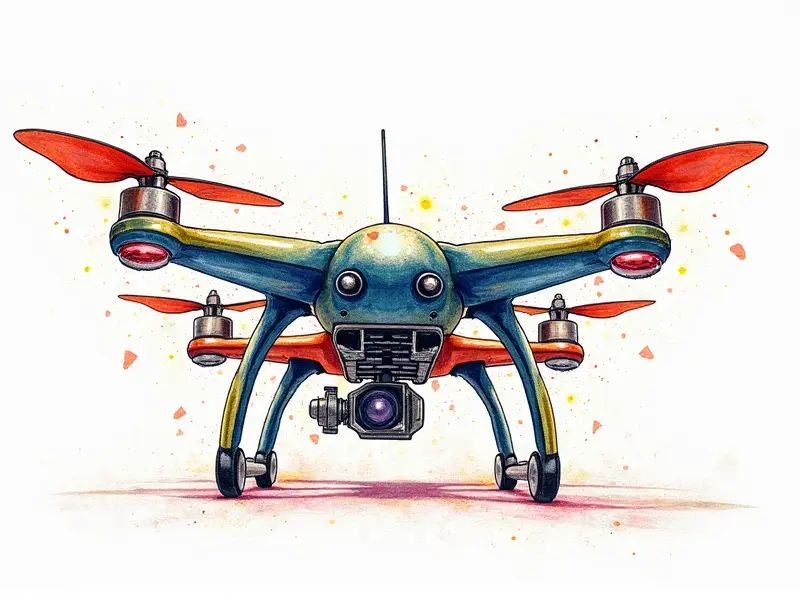Can I fly RC indoors safely?

Flying remote control (RC) aircraft indoors can be a thrilling and rewarding hobby, but it requires careful consideration to ensure safety for both the operator and those around them. This article delves into the essential guidelines and best practices for indoor RC flying.
Indoor RC Flying Safety Tips
Safety is paramount when operating any type of remote control aircraft indoors. Here are some key tips:
- Choose a Safe Location: Opt for large, open spaces with minimal obstacles and soft flooring to reduce the risk of damage.
- Inspect Your Equipment: Regularly check your RC model for any loose parts or potential hazards before each flight.
- Use Protective Gear: Wear protective eyewear and consider using a helmet if you are flying FPV drones.
Safe Indoor RC Flight Guidelines
To ensure safe indoor flights, follow these guidelines:
- Limited Speeds: Reduce the speed of your RC model to prevent accidental collisions with walls or furniture.
- Avoid Obstacles: Be vigilant about avoiding any objects that could cause damage or injury.
- Flight Time Restrictions: Limit flight times to avoid battery drain and overheating issues.
Is Indoor RC Flying Legal?
The legality of indoor RC flying varies by location. Check local regulations, homeowner association rules, or building management policies before initiating any flights indoors.
Secure Indoor RC Quadcopter Use
Flying quadcopters indoors requires special attention:
- Stable Environment: Ensure the indoor environment is stable and free from drafts that could affect flight stability.
- Battery Management: Keep an eye on battery levels to avoid sudden drops in performance.
RC Helicopter Indoor Flight Rules
Helicopters have unique requirements for indoor flying:
- Avoid Ceiling Fans: Ensure there are no ceiling fans or other moving objects that could interfere with flight stability.
- Controlled Movements: Limit aggressive maneuvers to prevent loss of control and potential damage.
Safe Indoor RC Airplane Operation
Flying airplanes indoors requires careful planning:
- Open Spaces: Choose a large, open area with minimal obstacles for optimal maneuverability.
- Soft Landing Surfaces: Use soft flooring or carpet to minimize the risk of damage upon landing.
FPV Racing Drones Inside Safely
Flying FPV racing drones indoors demands extra caution:
- First-Person View Gear: Ensure your FPV gear is properly set up and functioning before each flight.
- Flight Path Planning: Plan out a clear, obstacle-free path for optimal performance and safety.
How to Fly RC Indoors Safely
To fly RC indoors safely, follow these steps:
- Pre-Flight Inspection: Conduct a thorough inspection of your equipment before each flight.
- Environment Assessment: Evaluate the indoor environment for potential hazards and obstacles.
- Practice Caution: Fly with caution, avoiding high speeds or aggressive maneuvers that could lead to accidents.
Avoiding RC Accidents Inside Homes
To avoid accidents while flying indoors:
- Clear Pathways: Ensure all pathways are clear of obstacles and people before initiating flight.
- Monitor Battery Levels: Keep an eye on battery levels to prevent sudden drops in performance.
RC Drone Safety Indoors Explained
Safety measures for indoor drone flying include:
- Flight Area Markers: Use markers or tape to define the flight area and boundaries.
- Emergency Stop Procedures: Have a clear plan in place for emergency stops if an accident occurs.
Indoor RC Flying Best Practices
To maximize enjoyment while ensuring safety, follow these best practices:
- Regular Maintenance: Keep your equipment well-maintained and serviced regularly.
- Educational Resources: Stay informed about the latest safety guidelines and techniques through online forums and educational materials.
Conclusion
Flying RC indoors can be a fun and rewarding experience, but it requires careful planning and adherence to safety protocols. By following the tips and guidelines outlined in this article, you can enjoy your hobby while minimizing risks and ensuring a safe environment for everyone involved.

